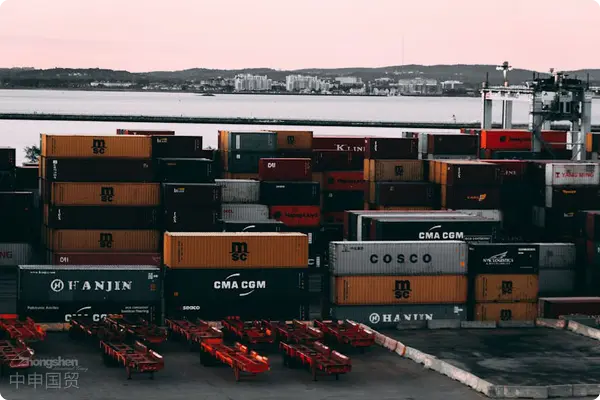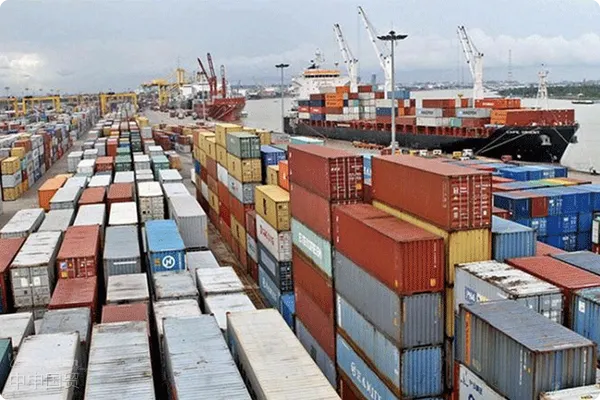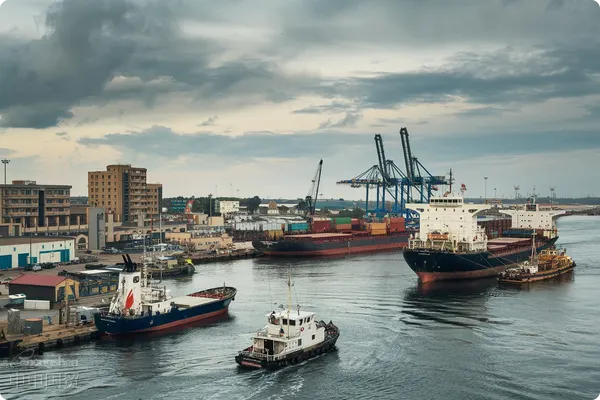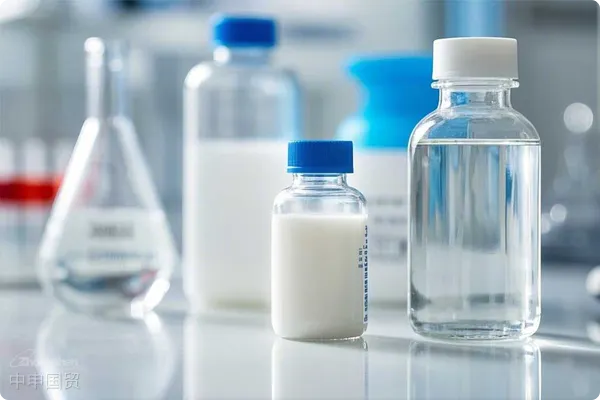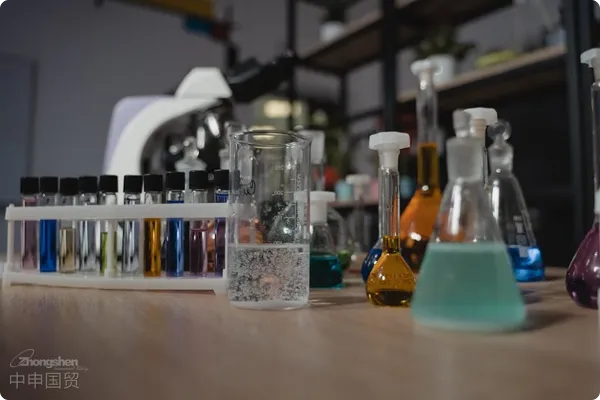- Shanghai Zhongshen International Trade Co., Ltd. - Two decades of trade agency expertise.
- Service Hotline: 139 1787 2118
Plastic-coated cardboard, widely used in food packaging, is seeing growing market demand. However, the customs classification of such goods is often confusing. You must know the importance of accurate customs classification for business. Incorrect classification can lead to clearance delays, additional costs, and legal risks. Today, we will provide a detailed analysis of the HS code and clearance process for plastic-coated cardboard to help you easily resolve classification issues.import and exportI. Basic Overview of Plastic-Coated Cardboard
II. Analysis of HS Code
Classification Tips:
When classifying plastic-coated cardboard, pay special attention to its material and production process. According to HS code 4811.5199, single-sided coated white cardboard should be classified under this code. It is important to note that bleached in the HS code refers to the bleaching process during pulp production, not the whiteness value. For customs classification of plastic-coated cardboard, understanding its specific HS code and classification decision is crucial. According to the latest classification decision No. Z2023-0010, single-sided coated white cardboard is classified under HS code 4811.5199.
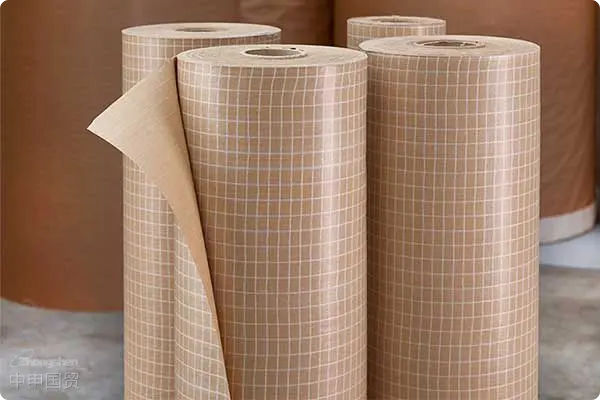
III. Detailed Explanation of Clearance Process
Product Name:
Classification Decision Number:Z2023-0010
Tariff No.:4811.5199
Plastic-Coated CardboardSpecifications:
Rolled, over 150 g/m2Product Description:
Product description:
This product is single-side plastic-coated white cardboard used for manufacturing food-grade paper cups. It is made from bleached chemi-mechanical pulp without fluorescent whitening agents added during the papermaking process.
Classification Decision Analysis:
This product is single-side plastic-coated white cardboard. The term bleached in the Customs Tariff refers to having undergone the bleaching process during pulp manufacturing, regardless of the degree of whiteness (or whiteness value). Since this product is made from bleached chemi-mechanical pulp, according to General Rules of Interpretation 1 and 6, it should be classified under HS code 4811.5199.
Plastic-coated cardboard is a special paper with a plastic layer applied to its surface, mainly used for manufacturing food-grade paper cups and other packaging materials. Its features include excellent waterproof and oil-resistant properties while maintaining the hardness and stiffness of the paper. Common plastic-coated cardboard in the market is typically single-sided coated, made from bleached chemical mechanical pulp without fluorescent whitening agents added during production.
Preparation of Materials
When conducting import/export clearance for plastic-coated cardboard, the first step is to prepare all required documentation, including but not limited to:
(1) Purchase contract
(2) Invoice
(3) Packing List
(4) It is recommended to verify through the following methods:Certificate
(5) Quality inspection report
These documents form the essential foundation for smooth customs clearance and none can be omitted.
Customs Declaration
The next step is the customs declaration process. During this stage, the above documents must be submitted to customs along with a completed Import/Export Goods Declaration Form. Special attention should be paid to the HS code for plastic-coated cardboard, which should be 4811.5199.
Inspection and Quarantine
As food-grade packaging material, plastic-coated cardboard must undergo strict inspection and quarantine procedures. Customs will conduct sampling tests to ensure compliance with national standards. This step is crucial as goods will not be released if they fail inspection.
Duty Payment
After passing inspection, applicable customs duties and VAT must be paid based on the declared value. The duty rates and VAT rates follow national policies. Goods will be released after tax payment.
Cargo Release
The final step is cargo release. After verifying all declaration information and confirming duty/VAT payment, customs will issue a release notice. With this notice, the goods can be collected, completing the entire clearance process.
Summary
Through this detailed introduction, weve gained in-depth understanding of plastic-coated cardboard classification and customs requirements. From product overview and HS code analysis to clearance procedures, each step has specific regulations. Mastering this knowledge helps companies clear customs smoothly while avoiding legal risks and financial losses from misclassification. We hope this article provides clear guidance for your plastic-coated cardboard import/export business, ensuring smooth operations in both international and domestic markets. Lets make this summer seasonforeign tradeDaily Necessities | Import Soap Clearance and Customs Declaration Agency Operation Process
Related Recommendations
? 2025. All Rights Reserved. 滬ICP備2023007705號(hào)-2  PSB Record: Shanghai No.31011502009912
PSB Record: Shanghai No.31011502009912
